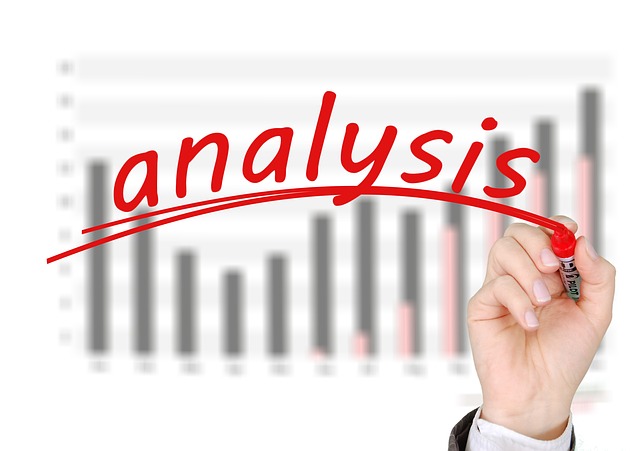Data Without Analysis Makes No Sense

Advances in technology have driven the evolution of maintenance strategies based on time or preventive maintenance strategies to condition-based maintenance (CBM) or predictive maintenance. This has generated a huge opportunity to use different instruments or sensors to collect data on the condition of our assets and thus diagnose its health. We have seen how different companies have taken the initiative to acquire many of these equipment such as vibration data collectors, thermal imaging cameras, ultrasound equipment and motor circuit analysis equipment tools to facilitate data collection. However, the same initiative has not been seen in training personnel to analyze the new data and turn it into information.
Sometimes I find myself giving trainings for predictive equipment to students who have not participated in a formal training on how to analyze the data to diagnose the condition of the asset. The benefit of CBM is to identify deviations in sufficient time to plan and schedule repairs with minimal disruption to the operation of the company. Similarly, another benefit is to use these technologies to identify the root cause of the failure to optimize the use of resources, that is, to improve utilization of personnel, time, spare parts, and money.
Analysis is the study of the different parts of a problem or compound to obtain more information and decide how to proceed. To perform a proper analysis it is necessary to have knowledge not only of the technology used to diagnose the health of the asset, but also about the asset being evaluated. After all, an electric motor will not fail in the same way that a centrifugal pump or electrical transformer will. For this reason, the person performing the analysis of data collected by predictive technologies should have a solid understanding of how assets operate and what are the different failure modes. Analysts are in the business of converting data into information to make intelligent decisions.
When the report of the analysis performed after the data collection is delivered, it should include not only an identification of the equipment that is outside of parameters, but also an explanation of the failure mode, the severity of the condition and brief instructions of what can be done to eliminate the failure. Below is an example of how VibrAnalysis presents the analysis results after collecting vibration data:
- Condition Severity: Critical
- Anomaly: Bearings anomaly
- Recommendation: Inspect and replace
- Detailed recommendation: Engine bearings present defects in early failure state. Coordinate to replace the motor bearings and inspect the condition of the nest. It may be necessary to rectify and metallize if the tolerances between the nest and the bearing are excessive. Use a bearing heater to install the new bearings. Once the bearings are replaced, verify proper lubrication using acoustic ultrasound and make sure to use the correct lubricant. Once these corrective actions are implemented, collect vibration data again to certify the mechanical condition of the asset before returning to operations.
Fore more details about what information must be included in an analysis report of collected data through predictive technologies, contact us.
---
Author: Félix M. Laboy, EIT, CMRP, CRL